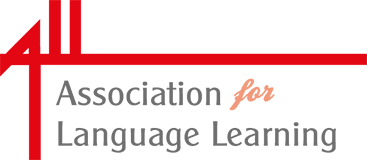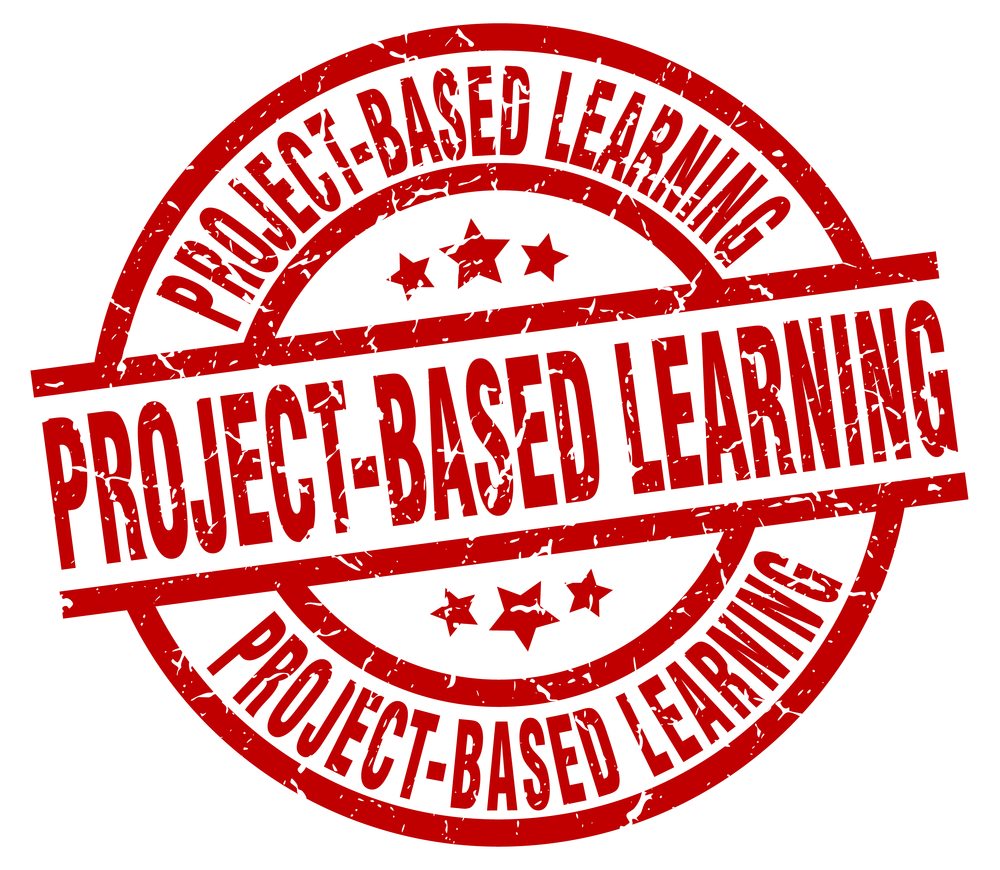Language Futures is an exciting, highly personalised and innovative approach to languages teaching and learning. It has been designed to foster deep learner engagement and enable students to take responsibility for their own learning, which they are encouraged to extend beyond the classroom. Apart from language development, the approach encourages the development of a wide range of skills such as creativity, tenacity and the ability to carry out research and work both independently and in groups.
As part of the approach, students choose a language they wish to study, with several languages being learnt in any one classroom situation. The teacher is facilitator i.e. he/she sets up the learning but will not necessarily know all of the languages studied in the classroom. Pupils are supported in their language learning by mentors who are language proficient individuals from the community who support them in class. The school is the ‘base camp‘ i.e. it is not seen as the sole place of learning – pupils are encouraged to learn at home and in a variety of places. Finally, pupils design, plan and carry out extended projects which are designed to build knowledge and develop skills, to incorporate language learning and inter-cultural understanding and to connect learning to the real-world.
Background to Language Futures at Gladesmore:
Language Futures in its current format began in Gladesmore following the success of the school’s community language provision and a request from students to study other languages. The school had adopted a cross-curricular approach at GCSE through the CLB (Certificate in Languages for Business) course and had taught A Level topics at GCSE as a way to motivate and challenge students. Originally, students were attending clubs to be taught and to mentored in the self-study of Chinese and Portuguese. This then developed into extra-curricular lessons in Japanese, Swedish, Arabic, Korean, Hebrew, Portuguese, Chinese, Russian and Urdu. After three years, the school became aware of the Language Futures approach which had been developed at Linton Village College in Cambridgeshire, an approach similar to that of Gladesmore but within the curriculum.
Gladesmore then decided to develop their work further within the Curriculum with one class throughout years 7 to 9 offering French, German, Spanish, Arabic, Italian and Turkish as well as their own community language. Lessons were designed with the aim of developing pupil independence, research skills and individual students’ interests using Mantle of the Expert and Project Based Learning methodology. At the end of the 3-year period, students completed a GCSE in their home language, and some in their non-home language. In 2017-18, the school has a group comprising 18 Year 10 students who are studying their home language (French, Spanish, Turkish and Polish and Portuguese) as well as two Gifted & Talented Year 9 students.
To learn more about Language Futures at Gladesmore, consider attending the Language Futures in Action event on 22 January 2018. For further information on the Language Futures approach, contact the Language Futures Project Manager Clodagh Cooney by emailing [email protected]

